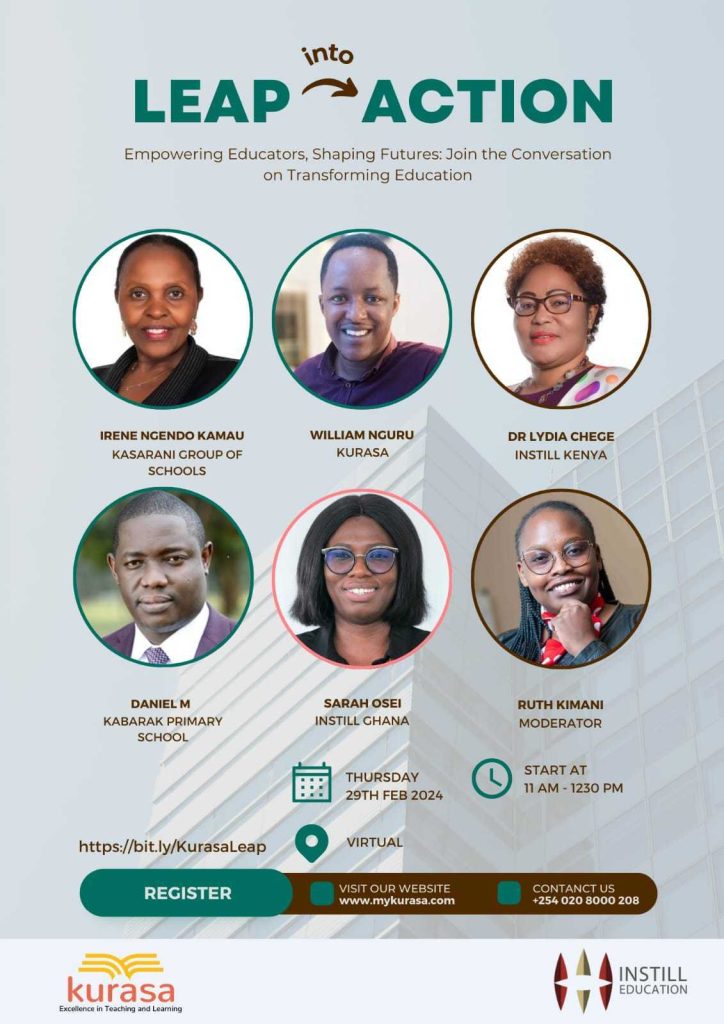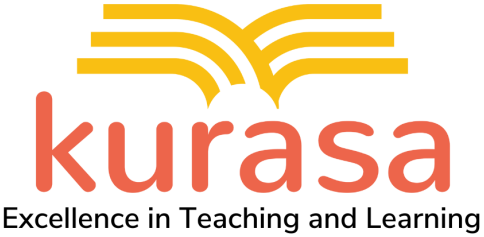
Education is the cornerstone of a nation’s development, shaping the future of...
Read More
In the hustle and bustle of the modern education system, one crucial...
Read More
Welcome to our interactive blog where we delve into the exciting realm...
Read More
Introduction Nyamira County in Kenya recently made headlines in the education sector...
Read More
In the dynamic landscape of education, the journey of a teacher extends...
Read More
Welcome, educators, parents, and advocates of the Competency Based Curriculum (CBC)! Today,...
Read More
In today’s fast-paced and digitally driven society, the landscape of education is...
Read More
In the dynamic landscape of education, the Competency-Based Curriculum (CBC) represents a...
Read More
In the evolving landscape of education, the transition from traditional learning models...
Read More
In an era marked by rapid technological advancements and ever-evolving global challenges,...
Read More